Navigating the Complexities of Maritime Autonomy Software Development
Maritime autonomy represents a significant shift in the operational dynamics of the maritime industry, offering promising avenues for enhancing safety, efficiency, and environmental sustainability. However, the journey from concept to deployment of autonomous maritime systems is fraught with technical, regulatory, and operational challenges.
The Technical Frontier: Developing Autonomous Maritime Software
The cornerstone of maritime autonomy is the software that enables vessels to operate independently. Developing this software requires a sophisticated understanding of marine environments, vessel dynamics, and the intricate balance between automation and human oversight. The process involves integrating various technologies—such as radar, lidar, GPS, and computer vision—to create a comprehensive perception system that can accurately detect, analyse, and respond to the maritime environment in real time.
One of the paramount challenges in software development is achieving reliable sensor fusion. The maritime environment presents unique challenges such as varying sea states, weather conditions, and complex navigational scenarios that require the integration of data from multiple sources. Ensuring the accuracy and reliability of this data fusion is critical for safe navigation, especially in congested waterways where the risk of collision is high.
Further to this, the need for real-time processing and decision-making adds another layer of complexity. Autonomous vessels must be able to make split-second decisions based on the data received from their sensors, adhering to the International Regulations for Preventing Collisions at Sea (COLREGS) and ensuring public safety. Developing algorithms that can interpret vast amounts of data, predict potential hazards, and navigate safely requires advanced machine learning techniques and extensive testing in simulated and real-world environments.
Integrating GAMA: Greenroom Robotics’ Contribution to Maritime Autonomy
Greenroom Robotics has taken significant strides in addressing these complexities through the development of GAMA, a maritime autonomy software engineered in close collaboration with regulatory bodies. This ensures GAMA meets both current and future regulatory requirements, emphasising safety and class certification. As a plug-and-play, turnkey solution, GAMA's design for seamless integration into nearly any maritime vessel underscores our pragmatic approach towards enhancing autonomy in the maritime sector.
Central to our innovation is the Greenroom Platform, a modular suite developed from extensive experience in robotics, maritime autonomy, and computer vision. This suite exemplifies our sensor-agnostic philosophy, facilitating advanced data fusion from numerous sources to provide a comprehensive perception of the maritime environment. GAMA's flexibility in processing data across embedded systems, edge computing, or cloud platforms showcases our commitment to adaptability and operational efficiency.
Regulatory and Operational Hurdles
Beyond the technical challenges, deploying autonomous maritime systems involves navigating a maze of regulatory and operational hurdles. Adapting regulations to accommodate autonomous vessels and ensuring fail-safe software capable of handling any operational scenario underscores the need for a collaborative approach to innovation. Greenroom Robotics has entered a memorandum of understanding with Bureau Veritas, one of the world's leading maritime certification organisations, to promote and advance the understanding of maritime robotics, autonomous navigation, situational awareness, and operations management.
Moving Forward: A Collaborative Approach to Innovation
The path to widespread adoption of maritime autonomy demands open dialogue between industry stakeholders to address the overarching challenges. Understanding the intricacies of software development and ecosystem implications is crucial for navigating this transformative journey effectively.
As the maritime industry advances, focusing on the development of robust, reliable, and regulatory-compliant software like GAMA will be key. This requires not only technological innovation but also a dedication to rigorous testing, standardisation, and continuous improvement. As we embark on this transformative journey, the path ahead calls for collaboration with partners who are not only knowledgeable and aligned with the current regulatory landscape but also skilled in navigating the complexities of maritime autonomy.
Engaging with a team that embodies these qualities ensures that your venture into the future of maritime operations is grounded in expertise and a commitment to excellence, paving the way for a safer, more efficient, and sustainable maritime future.
Speak to our team and see how partnering with Greenroom Robotics can unlock the potential of maritime autonomy for your operations.


